979 Merchant Ct, Windsor, CO
Types of Ceramic Coatings
Ceramic refers to inorganic, non-metallic, often crystalline oxide, nitrite, or carbide materials. If an ingredient in a formulation is classified as ceramic, then an automotive protective coating can be called a ceramic coating. Ceramic coatings come in a wide variety of varieties nowadays. To defend against minor dings, UV rays, dirt from the road, bird droppings, bug smears, and other things is the major reason why individuals spend money on ceramic coatings. So what exactly are the different types of coating out there? Are they better than traditional wax? What exactly is unique about them and which kind of coating should you get?
Teflon-Based Sprays
Sprays are considered entry-level ceramic coating. These products are mainly intended to replicate a lot of properties that a genuine 9H nano ceramic coating produces. Some of the most popular blends are those that are mixed with Teflon, which is a ceramic substance. Teflon is nothing new, but it is exceptionally good at providing protection against heat and is also great at creating a non-stick coating. Teflon itself is a brand trademarked name for a type of product. The actual chemical used is polytetrafluoroethylene which is a synthetic fluoropolymer of tetrafluoroethylene. These products are not really Teflon-based sprays, instead, they are PTFE-based formulas.
Teflon-based sprays don’t have the same hardness that silicon dioxide (SiO2) or titanium dioxide (TiO2) products have. These two are the primary ingredients of professional-grade nano-coating. However, they are not included in Teflon-based ceramic boosting sprays. However, there are some benefits to using a Teflon ceramic coating, such as:
- Teflon-based coatings can be applied to multiple surfaces, such as car paint, window, exterior plastics, and more.
- They are easy to apply as they are sprayed on and also easy to wipe off.
- They produce an extremely hydrophobic surface which makes the paint slippery and also avoids contaminants from sticking.
- They also improve the shine of gloss finish paint.
Teflon-based sprays are mainly used to give enhanced hydrophobic properties to your car. They do not contain the same ingredients or technology that nano-ceramic coatings have. As such, they do not harden as much and they also do not offer protection to your car. The formula of Teflon-based sprays is designed to hold up for months.
SiO2 Boost Sprays
The next level of ceramic protection for your vehicle’s paint is SiO2 Ceramic Boost Sprays. The formula for these sprays includes silicon dioxide and sometimes titanium dioxide which are blended with polymers and other liquid ingredients. Like the Teflon sprays, the primary objective of a ceramic coat boost spray is to enhance the hydrophobic properties of your car’s factory paint job. The main difference between the two sprays is that the silicon dioxide-infused spray is nanotechnology.
Some of the high-end SiO2 boost sprays utilize nanotechnology that allows them to penetrate any microscopic imperfections found on the clear coat of paint of other porous surfaces of your car. This type of technology allows porous surfaces to be filled with coating, they then harden and provide added strength and protection. Once the base coat is applied, you can spray on additional layers, like the Teflon spray, or add a 9H nano-ceramic coating. Most SiO2 boost sprays offer six months of protection but are recommended to be applied every six months as part of car maintenance after washing your car.
Nano Coatings
If you’re looking for protection to go along with the ceramic coating for your car, then the nano-professional coating is the way to go. This is a highly concentrated formula that includes a blend of SiO2, TiO2, and solvents which help with the coating’s ability to layer when applied by a professional or certified installer. This is where the protection of a ceramic coating against UV rays, swirl marks, and other minor imperfections on your car’s paintwork comes into play. Nano-coatings are sometimes referred to as glass coating or quartz coating because as the paint coating cures, it’s as hard as quartz. Nano-coatings are extremely flexible so they have the ability to bond and move with softer materials like plastics, vinyl, and paint protection film.
Graphene-Based Ceramic Coatings
Graphene-based ceramic coating is the newest material that is making a buzz in the car detailing industry. This is due to graphene's recognition as the strongest substance on the planet. It is composed of just one layer of carbon atoms. Graphene is also extremely flexible which is why it has a better water-resistant agent than the first three kinds of coatings. Graphene alone cannot be a coat which is why it is usually mixed with ceramic coating. This is why it ends up being the strongest of all types. The ceramic molecule goes under the paint of the car and the graphene molecules go on top of it for a lasting effect. Graphene-based ceramic coating is great for water-spot prevention and reduction and anti-corrosion against winter road salt. It also provides higher abrasion resistance due to its strength. Lastly, it also provides a wet glossy appearance.
Help Shield Your Vehicle's Exterior!
A car is one of the most significant possessions you will have throughout your life. It is the next most important thing after buying a house for many individuals. Therefore, you ought to fight to protect it. In our experience at Show Shine Detailing, several coating products have been tested, tried, and researched over a period of time. Although the road has been rough and long, we feel it was essential to making certain that we give each and every one of our clients the best service possible.
We've teamed up with Detail Studio, whose specialized coating guards against tar, chemicals, pests, hard water stains, corrosion, and damaging UV rays - making it perfect for shielding the surface of your car from normal wear and tear. Call us at
970-324-0141
or use the contact form on our contact page to make an appointment with us. You can count on the experts at Show Shine to meet all of your detailing and reconditioning needs, regardless of the vehicle. We are excited to collaborate with you!
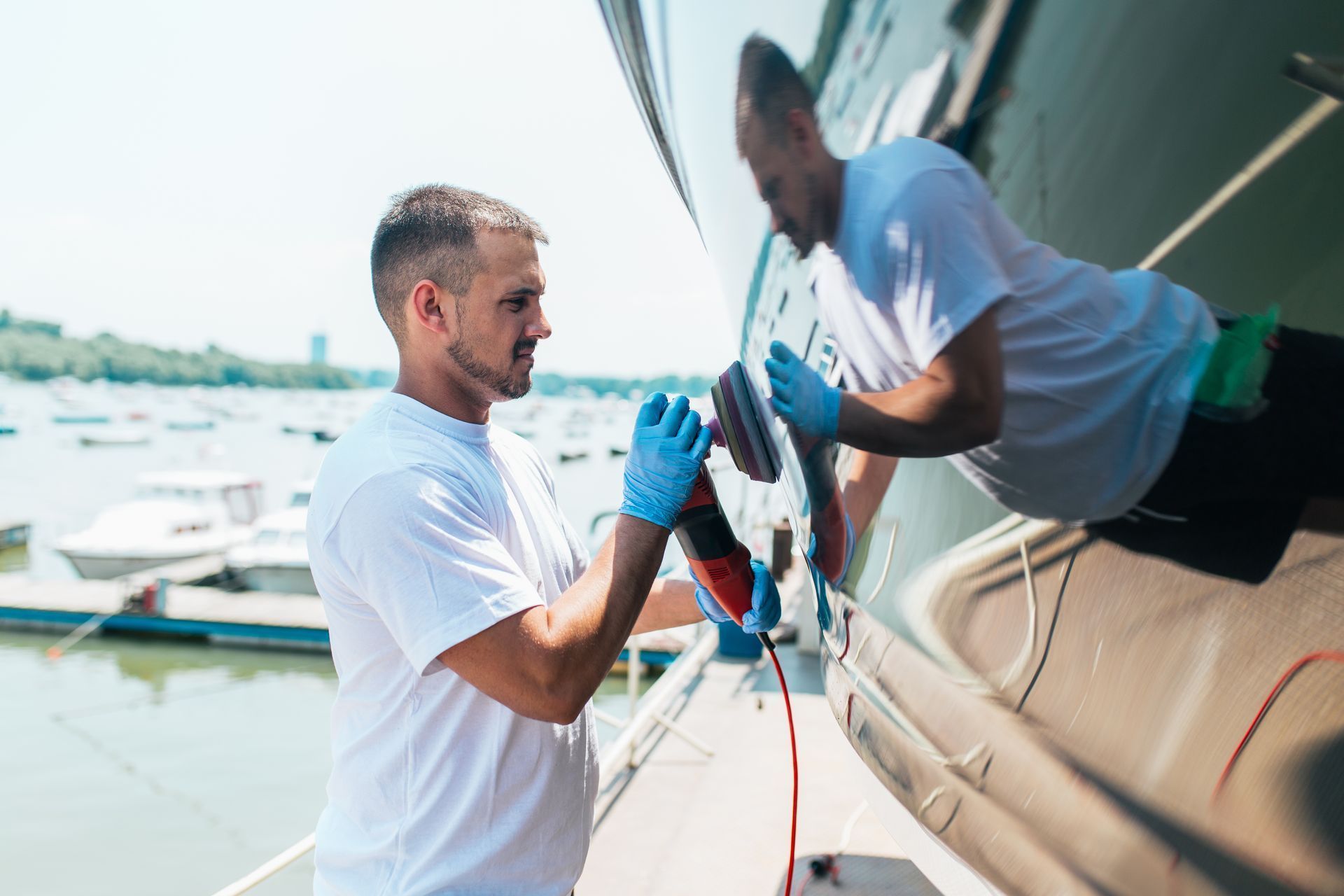

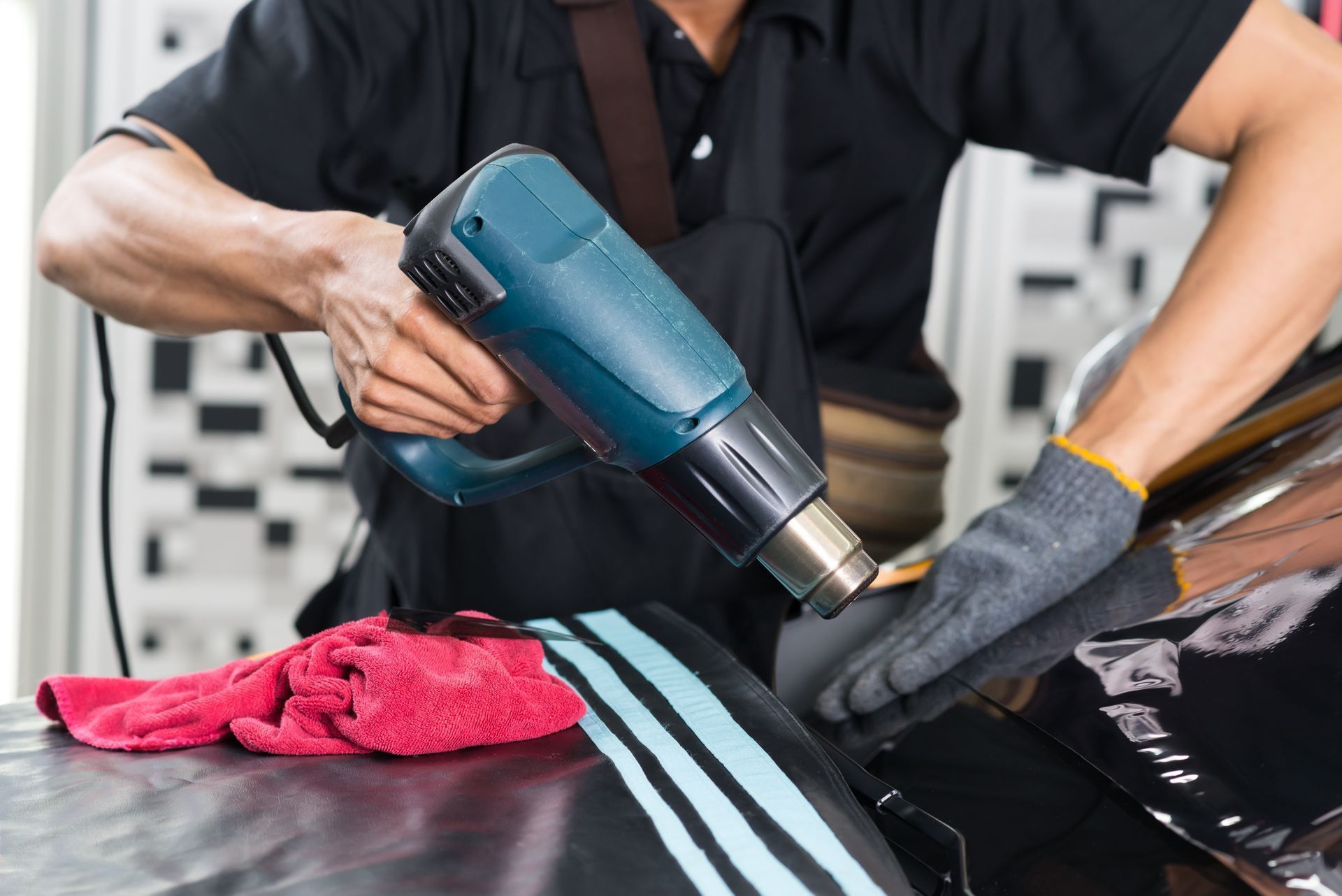

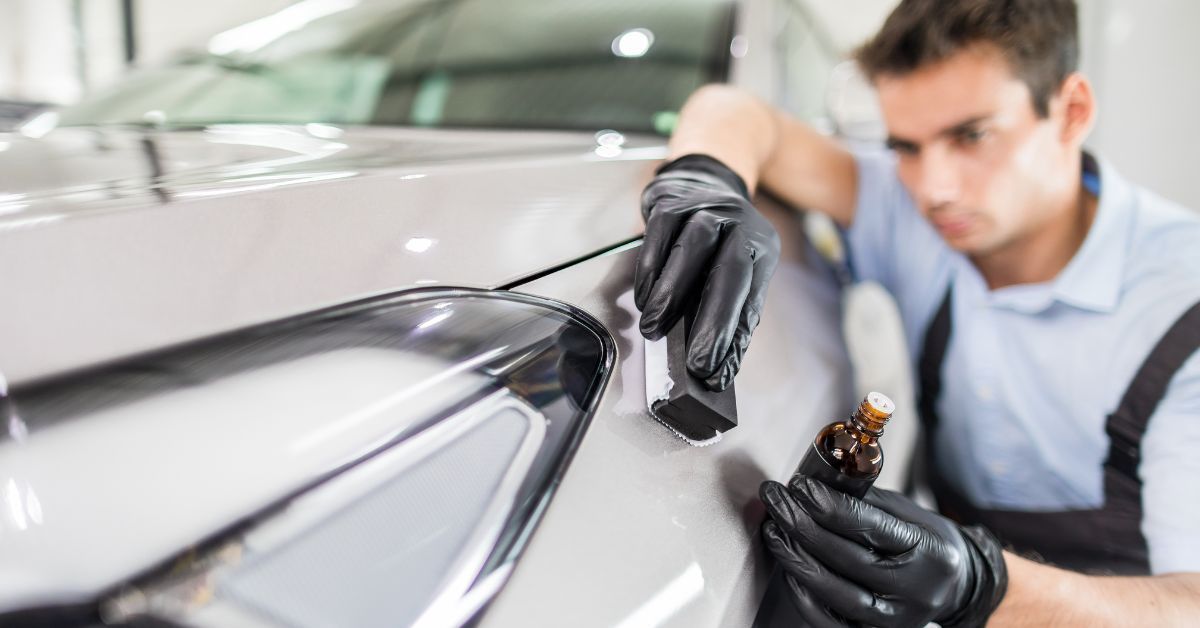


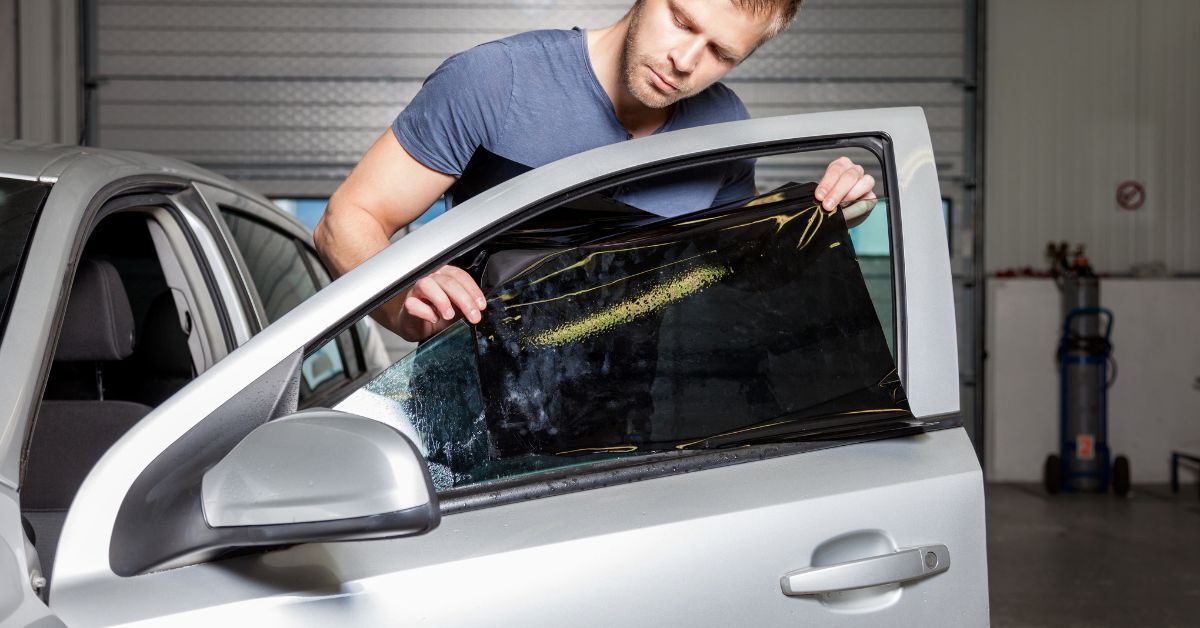
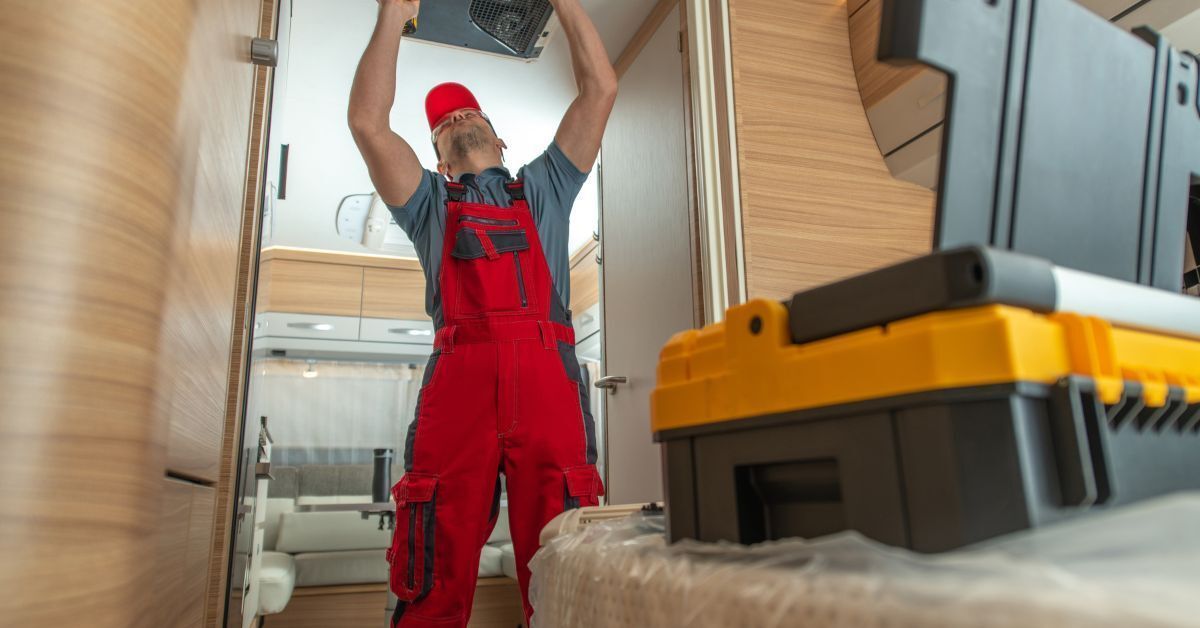

Areas Served:
Phone Number: 970-632-1640
Address: 979 Merchant Ct, Windsor, CO
Have any questions or want to schedule an appointment? Reach out today!
Copyright © 2024 Show Shine Detail, All Rights Reserved.
